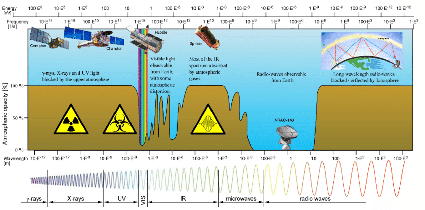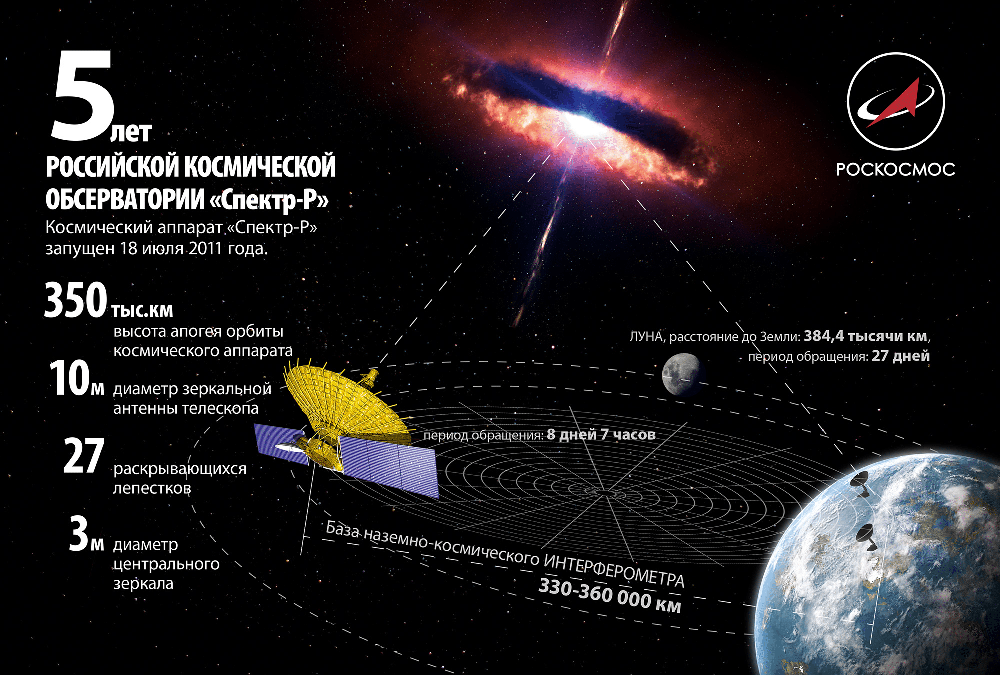A universe-sized laboratory: what experiments are astronomers monitoring?
The modern understanding of the universe might seem insane to scientists who worked just a century ago: the universe has an age, we know that it emerged some time ago and has been continuously expanding ever since (and at an accelerating rate). The very nature of time and space has proven to be different, not to mention that instead of a single "stellar island," there are now billions and billions of galaxies, which cluster together, and those clusters form superclusters, creating a vast three-dimensional web with voids.
It turns out that "ordinary" matter, made up of protons, neutrons, and electrons, is only a small part of the universe's mass, with a significantly larger proportion attributed to dark matter, the nature of which is completely unclear to us, yet it has enabled the formation of stars and galaxies. Additionally, there exists mysterious dark energy, which causes the universe to expand at an accelerating rate. We have no slightest idea what it is.
Moreover, astronomers have learned to observe not just visible light but also X-rays, gamma rays, radio waves, and gravitational waves, discovering numerous new strange objects—from black holes and neutron stars to quasars and "hot Jupiters."
As a result, astronomy, which for many centuries was predominantly a mathematical science—a discipline necessary for the precise description of celestial body movements mainly for navigation purposes—has changed beyond recognition. Today, it is largely astrophysics, and astronomers are now individuals meticulously observing the extreme experiments with matter that nature presents.
The universe has not only fantastically expanded and filled with strange objects and processes, but it has also transformed into a vast laboratory, and we just need to find ways to see what experiments are being conducted there, and what knowledge about the nature of matter, space, and time they provide. In recent decades, the quantity and quality of "eyes" observing the universe have changed dramatically.
How do we observe?
For all the preceding centuries, we viewed the universe through a "keyhole" — a narrow fragment of the electromagnetic spectrum from 380 to 780 nanometers, that is, the range of visible light. However, in the 20th century, we covered this spectrum almost from start to finish—from gamma rays to radio waves. In many cases, we had to launch observational devices into space, as the atmosphere is opaque to a significant portion of the electromagnetic spectrum, and space telescopes have been and continue to be operational in Earth's vicinity, with a list of names that would take dozens of lines. Let’s talk about some of the latest additions.
 7
7
Studying the central engine
In the late 1950s, scientists began to discover strange objects using radio telescopes: they were extremely bright in the radio range, but either invisible in optical wavelengths or had very faint stars in their place with spectra that were extremely unusual. The nature of these quasi-stellar radio sources, or quasars, became clear in the 1970s when it was established that these objects are located billions of light years away from us and represent the active cores of galaxies.
According to modern understanding, supermassive black holes are located at the center of most galaxies. The matter that such a black hole attracts forms accretion disks and jets—heated to millions of degrees, they shine across all wavelengths, with brightness comparable to millions of stars.
The characteristics of these disks and jets not only allowed researchers to study the properties of matter under extreme conditions but could also provide information about the black hole—the "central engine," whose gravity creates this illumination. Furthermore, the behavior of matter at the event horizon of a black hole may eventually indicate a path to solving the main problem in physics—the search for a "bridge" between quantum mechanics and the theory of relativity.
Investigating active galactic nuclei was one of the primary tasks of the largest space radio telescope in history—"RadioAstron," the idea for which was formulated back in 1965 by astrophysicist Nikolai Kardashev.
The "Spectrum-R" spacecraft, equipped with a ten-meter antenna of this radio telescope, was launched into orbit in 2011. Although it was listed in the Guinness World Records as the largest space radio telescope in history, its main advantage lay not in the size of the actual space antenna but in its capability to create a ground-space interferometer—allowing simultaneous observations from orbit and from ground-based radio telescopes. Such observations from two spatially separated points provide significantly greater spatial resolution.
 8
8 As "RadioAstron" orbited, it moved away from Earth to a distance of 344 thousand kilometers, thus the interferometer involving it was not limited by the size of our planet and achieved record spatial resolution—up to 8 microseconds of arc. For comparison, the Hubble telescope's resolution is 0.05 arc seconds, meaning that an interferometer involving "RadioAstron" could discern an object the size of 3 cm on the Moon (if it emitted in the radio range).
During its seven and a half years of operation, "RadioAstron" conducted over 4 thousand observation sessions, involving a total of 58 ground-based radio telescopes.
The collected data allowed astronomers to see fine details of the jets—the streams of matter ejected by quasars, particularly determining their structure and dynamics, the mechanisms of "operation," and obtaining a record-clear image of such a jet, observing how quasar radiation scatters in the interstellar medium.
However, "RadioAstron" could not resolve the central engine in detail; it was another radio interferometric project—the "Event Horizon Telescope"—that managed to get closer.
Catching the shadow
Launched in 2009, the "Event Horizon Telescope" is the largest and most ambitious modern radio interferometric project, uniting 13 scientific organizations. Its working principle was similar to that of the observations made with "RadioAstron"—observations using radio telescopes located at different ends of the Earth; however, the EHT had one advantage: the millimeter band, which, unlike the centimeter band used by "RadioAstron," allows for the observation of finer details.
Summarizing data from multiple radio telescopes and their meticulous long-term processing ultimately allowed for the first time in history to obtain images of the shadow of a black hole—the supermassive black hole at the center of the galaxy M87 and our "home" black hole—Sagittarius A*.
 9
9 Astronomers continue to enhance the capabilities of the global telescope, reducing the wavelength for observations—down to 0.8 millimeters, and possibly, in the future, it will truly be able to see objects the size of a black hole's event horizon.
The Russian space millimeter telescope "Spectrum-M," if launched in the coming decades, may join the observations and significantly improve spatial resolution.
Waves of space
While radio astronomers are trying to glimpse black holes in the electromagnetic spectrum, help has come from an entirely different direction—not from the electromagnetic spectrum: physicists have managed to detect gravitational waves predicted by Einstein 100 years prior, generated by previously unobserved events—the mergers of black holes.
Gravitational waves are ripples in spacetime caused by the accelerated motion of massive bodies; efforts to detect them have been ongoing since the second half of the 1960s, but without success. Only in the early 21st century were enormous laser interferometers LIGO created, which successfully detected gravitational waves for the first time. To capture the extremely small shifts of the interferometer mirrors (10 thousand times smaller than the diameter of a proton), it was necessary to eliminate quantum noise—and here, the experience of Russian scientists led by Professor Vladimir Braginsky proved invaluable.
 0
0 The initial steps of gravitational astronomy allowed us to "see" black holes of significantly greater masses than those we can observe through interactions with stars. These are known as intermediate-mass black holes, the origins of which remain unclear. Moreover, gravitational observatories, along with electromagnetic ones, managed to observe the kilonova burst—a merger of two neutron stars.
The development of gravitational telescopes may eventually allow us to see relic gravitational waves—traces of gravitational "noise" that emerged at the end of the inflationary expansion of the universe, providing more insight into the early stages of the world's history shortly after the Big Bang. Some theories, such as string theory, predict the existence of other types of gravitational waves—if detected, they could form the basis for serious theories.
The Universe—through and through!
In addition to gravitational and electromagnetic waves, astronomers have another source of information about the universe—particles and ions that are flying towards Earth from all directions. Among them are the so-called galactic cosmic rays—protons and heavy nuclei of very high energies, which are produced during supernova explosions. Upon entering the